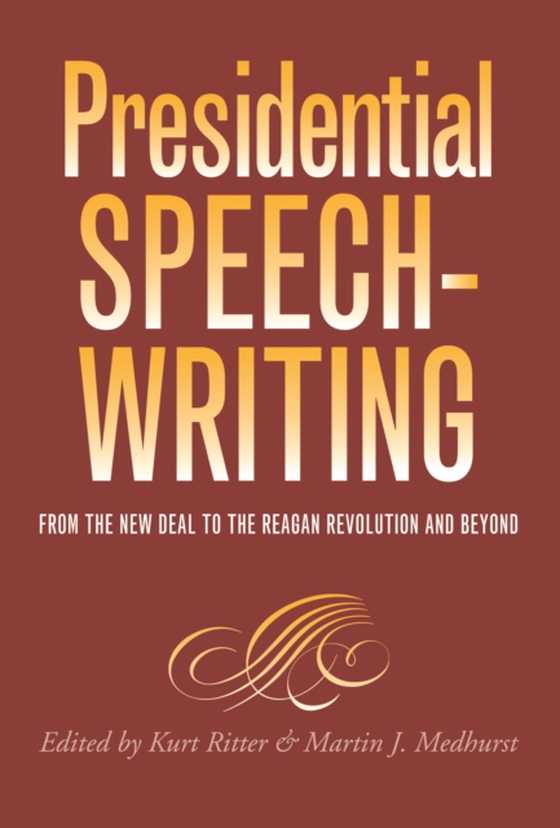
Presidential Speechwriting e-bog
105,64 DKK
(inkl. moms 132,05 DKK)
The rise of the media presidency through radio and television broadcasts has heightened the visibility and importance of presidential speeches in determining the effectiveness and popularity of the President of the United States. Not surprisingly, this development has also witnessed the rise of professional speechwriters to craft the words the chief executive would address to the nation.Yet, as...
E-bog
105,64 DKK
Forlag
Texas A&M University Press
Udgivet
15 marts 2004
Længde
248 sider
Genrer
1KBB
Sprog
English
Format
pdf
Beskyttelse
LCP
ISBN
9781603445740
The rise of the media presidency through radio and television broadcasts has heightened the visibility and importance of presidential speeches in determining the effectiveness and popularity of the President of the United States. Not surprisingly, this development has also witnessed the rise of professional speechwriters to craft the words the chief executive would address to the nation.Yet, as this volume of expert analyses graphically demonstrates, the reliance of individual presidents on their speechwriters has varied with the rhetorical skill of the officeholder himself, his managerial style, and his personal attitude toward public speaking. The individual chapters here (two by former White House speechwriters) give fascinating insight into the process and development of presidential speechwriting from Franklin D. Roosevelts administration to Ronald Reagans. Some contributors, such as Charles Griffin writing on Eisenhower and Moya Ball on Johnson, offer case studies of specific speeches to gain insight into those presidents. Other chapters focus on institutional arrangements and personal relationships, rhetorical themes characterizing an administration, or the relationship between words and policies to shed light on presidential speechwriting.The range of presidents covered affords opportunities to examine various factors that make rhetoric successful or not, to study alternative organizational arrangements for speechwriters, and even to consider the evolution of the rhetorical presidency itself. Yet, the volumes single focus on speechwriting and the analytic overviews provided by Martin J. Medhurst not only bring coherence to the work, but also make this book an exemplar of how unity can be achieved from a diversity of approaches. Medhursts introduction of ten myths in the scholarship on presidential speeches and his summary of the enduring issues in the practice of speechwriting pull together the work of individual contributors. At the same time, his introduction and conclusion transcend particular presidents by providing generalizations on the role of speechwriting in the modern White House.
 Dansk
Dansk

